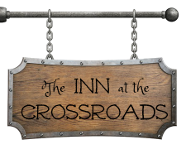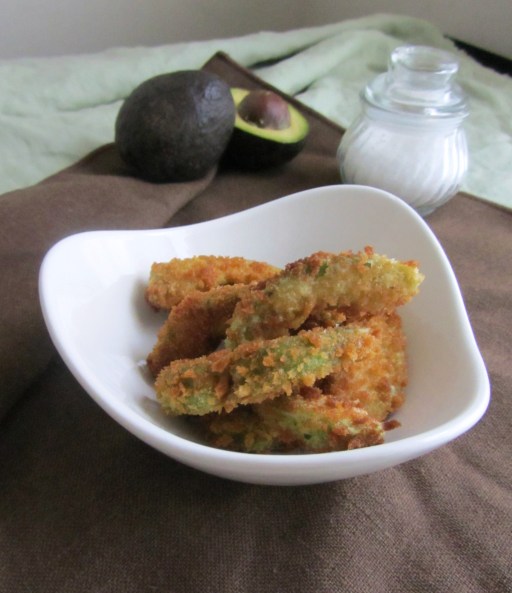No, sadly, we did not get to cook a whole roast swan, although if we had, it might look something like this:

It’s not for want of trying. The truth is that we’re not somewhere we could hunt our own, and they’re just too blasted expensive to order. We’ve searched online and found two options:
- Order swan for $900. (Small print: it comes live, still flapping, and very, very annoyed.)
- Order frozen, dressed swan for $1500. Yowch.

Swans have a long and quirky history in the UK. Back to at least the 12th century, the majority of mute swans on the River Thames have been the property of the crown. The Vintners’ and Dyers’ Livery Companies were also granted ownership of some of the mute swans in the 15th century.
The “Act of Swans”, passed in 1482, formalized the crown’s ownership and the method of marking the swans. The marking is known as the “Swan Upping”, and happens every year. Presumably this began as a way for the royal Swan Master (yes, that’s an official position) to pick out likely cygnets for the royal table, and to divvy out ownership of the year’s new swans. Today, it’s an opportunity to do a headcount of the swans, weigh them, and check their health.
The ownership of the swans used to be denoted by marks on their bills; unmarked swans belonged to the crown. All other swans were catalogued in one of several books of swan marks. The Vintners’ swans had nicks on both sides of the beak, while the Dyers’ had a nick on just one side:

As someone who loves old and absurd traditions, attending this one’s a must for me someday.
Despite the ban on killing and eating royal swans in London, there are a number of historical recipes pertaining to the birds. I’ve included a couple of them for curiosity’s sake.
Be warned: these give a full account of what we ought to do with that live swan once it arrives in the mail, and it’s not altogether pretty! Although from a later period, the account from colonial America is staggering in it’s scope. How many relatives could they have fed at such a groaning table?
GRRM doesn’t seem quite so mad in his descriptions of feasts, now, does he?
Recipes and accounts in Historical Cookbooks:
France, ca. 1380 – from Le Viandier de Taillevent
Subtlety of a swan reclothed in its skin including its plumage. Take the swan, inflate it between the shoulders, slit it along the belly, and remove the skin (including the neck cut close to the shoulders). Leave the feet attached to the body. Put it on the spit, bard it, and glaze it. When it is cooked, reclothe it in its skin, with the neck very upright on the plate. Eat it with Yellow Pepper [Sauce].
England, 1430 – from Two Fifteenth-Century Cookery-Books
Swan rosted. Kutte a Swan in the rove of the mouthe toward the brayne enlonge, and lete him blede, and kepe the blode for chawdewyn; or elles knytte a knot on his nek, And so late his nekke breke; then skald him. Drawe him and rost him even as thou doest goce in all poyntes, and serue him forth with chawd-wyne.
America, 1653 – from The Accomplisht Cook
“A Bill of Fare for Christmas Day, and how to set the Meat in Order.: Oysters. 1. A collar of brawn. 2. Stewed Broth of Mutton marrow bones. 3. A grand Sallet. 4. A pottage of caponets. 5. A breast of veal in stoffado. 6. A boil’d partridge. 7. A chine of beef, or surloin roast. 8. Minced pies. 9. A Jegote of mutton with anchove sauce. 10. A made dish of sweet-bread. 11. A swan roast. 12. A pasty of venison. 13. A kid with a pudding in his belly. 14. A steak pie. 15. A hanch of venison roasted. 16. A turkey roast and stuck with cloves. 17. A made dish of chickens in puff paste. 18. Two bran geese roasted, one larded. 19. Two large capons, one larded. 20. A Custard.
“The second course for the same Mess. Oranges and Lemons. 1. A Young lamb or kid. 2. Two couple of rabbits, two larded. 3. A pig souc’t with tongues. 4. Three ducks, one larded. 5. Three pheasants, 1 larded. 6. A Swan Pye. 7. Three brace of partridge, three larded. 8. Made dish in puff paste. 9. Bolonia sausages, and anChoves, mushrooms, and Cavieate, and pickled oysters in a dish. 10. Six teels, three larded. 11. A Gammon of Westphalia Bacon. 12. Ten plovers, five larded. 13. A quince Pye, or warden pye. 14. Six woodcocks, 3 larded. 15. A standing Tart in puff-paste, preserved fruits, Pippins &c. 16. A dish of Larks. 17. Six dried neats tongues. 18. Sturgeon. 19. Powdered Geese. Jellies.”
So there you have it. Hopefully some day, either with goose or proper swan, I can make up a bird stuffed with mushrooms and oysters, or, my personal favorite, slivers of swan poached in a sauce of saffron and peaches. NOM!






